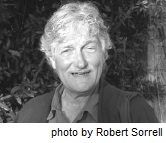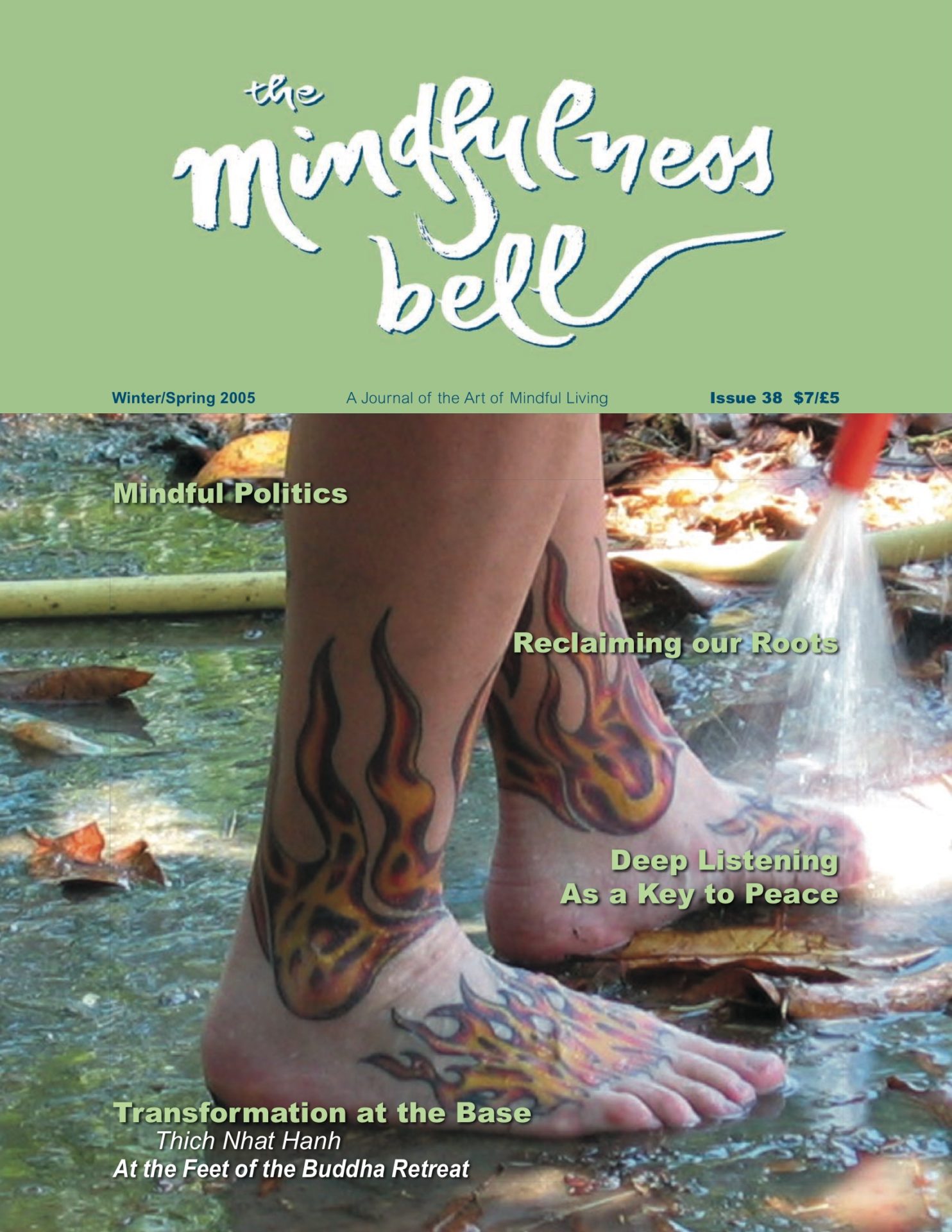
By Ben Matlock
Seven members of our Sangha volunteer as Buddhist chaplains at a large, local hospital. We visit Asian and Western Buddhist patients, consult with staff, and lead a weekly meditation in the hospital chapel, mostly attended by staff members.
I have noticed that much of the suffering I encounter in the hospital is created when the patients and staff cling to the image of the patient’s formerly “well self.” Much sadness arises in patients who see their illness as changing them permanently,

By Ben Matlock
Seven members of our Sangha volunteer as Buddhist chaplains at a large, local hospital. We visit Asian and Western Buddhist patients, consult with staff, and lead a weekly meditation in the hospital chapel, mostly attended by staff members.
I have noticed that much of the suffering I encounter in the hospital is created when the patients and staff cling to the image of the patient’s formerly “well self.” Much sadness arises in patients who see their illness as changing them permanently, and much energy is spent by staff trying to restore that state of supposed wellness for the patient, often in vain.
My personal practice includes exploring the areas of belief where I try to hold on to my ideas and perceptions at all costs. I wrote the following guided meditation while traveling on the subway to lead a session at the hospital. Somehow during that journey, the implications of continuing to hold on for dear life to the very things that make me unhappy became much clearer to me than they had before. I realized that I even had to convince myself from time to time that I actually wanted to be happy.
We used this meditation at Sangha on the Wednesday before the presidential election. We each agreed to spend the following week looking deeply and becoming friends with one of our attachments. Then we envisioned what life might be like were we to let go of that attachment. The third step was to investigate with compassion what is keeping us from letting go. In sharing this guided meditation with you, I hope you find this process of deeply looking freeing and transformative.
Guided Meditation On Letting Go
Breathing in, I see the need I have to control my life.
Breathing out, I let go of the need to control my life.
Breathing in, I see that control is an illusion.
Breathing out, I relax in my inability to control.
Breathing in, I see how critical I am of myself.
Breathing out, I let go of the need to be critical.
Breathing in, I see all the goodness in me.
Breathing out, I relax in the knowledge of the goodness in me.
Breathing in, I see the many ambitions I have for myself.
Breathing out, I let go of the many ambitions I have for myself.
Breathing in, I see that I am sufficient in all ways.
Breathing out, I relax in knowing that I am sufficient in all ways.
Breathing in, I see that I crave many things.
Breathing out, I let go of the need to crave many things.
Breathing in, I see that I have enough.
Breathing out, I relax in the knowledge that I have enough.
Breathing in, I see that I am too busy.
Breathing out, I let go of the need to be too busy.
Breathing in, I want a less hectic life.
Breathing out, I relax in the quiet of this moment.
Breathing in, I see that letting go can make me free.
Breathing out, I am free.
Breathing in, I see that by being free I can be happy.
Breathing out, I am happy.
Ben Matlock, True Equanimity of the Sangha, lives in Roxbury, Massachusetts and practices with the Boston Old Path Sangha. An administrator at Episcopal Divinity School, he is the father of Adam, a nineteen-year-old college sophomore, and was married this summer to Ted Todd, also an Order of Interbeing member.

